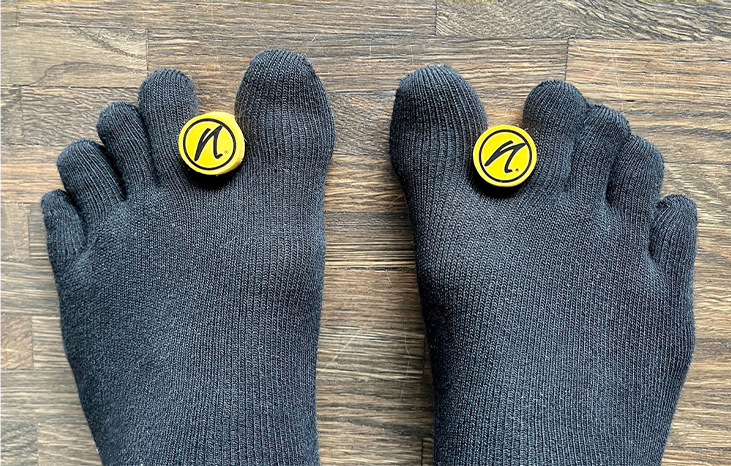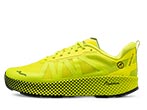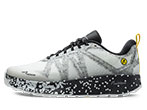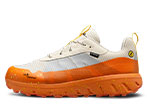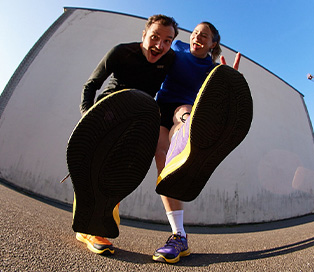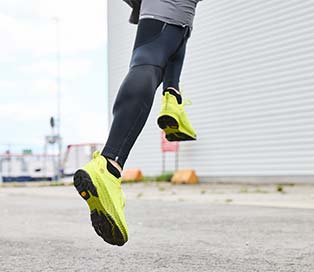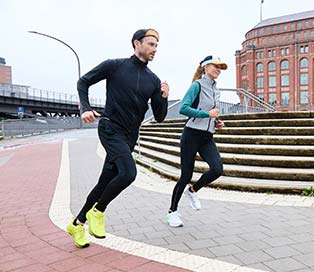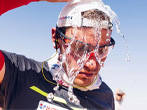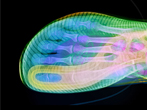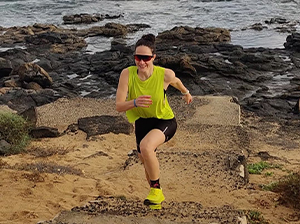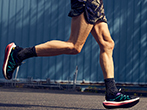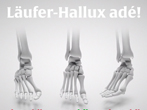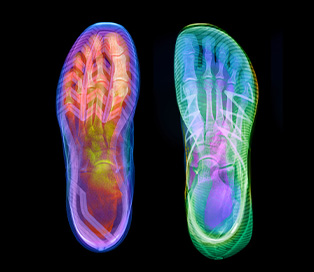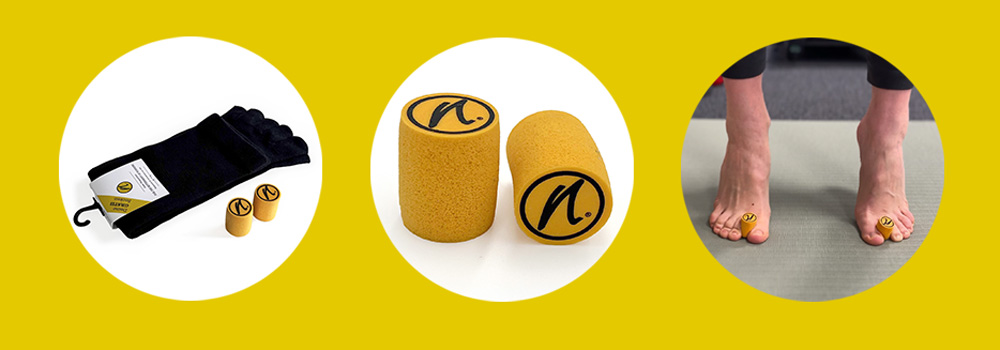Stability while running?!
Make the Big Toe Test
Test with toe stand
- Stand barefoot or with socks at a distance of about 55cm in front of a wall and support yourself with your hands on the wall.
- Now lift one leg and get up on your tip-toes with the other leg. Try to lift the heel as high as possible. Your foot should be at a 90° angle to the wall (never at an angle).
- Stop briefly at the highest point and then lower the heel again. Repeat the process again; after a maximum of 10 repetitions, switch feet and start the test again with the other foot.
Overpronation in the propulsive phase
Supination in the propulsive phase
The running shoe industry ignores the big toe!
